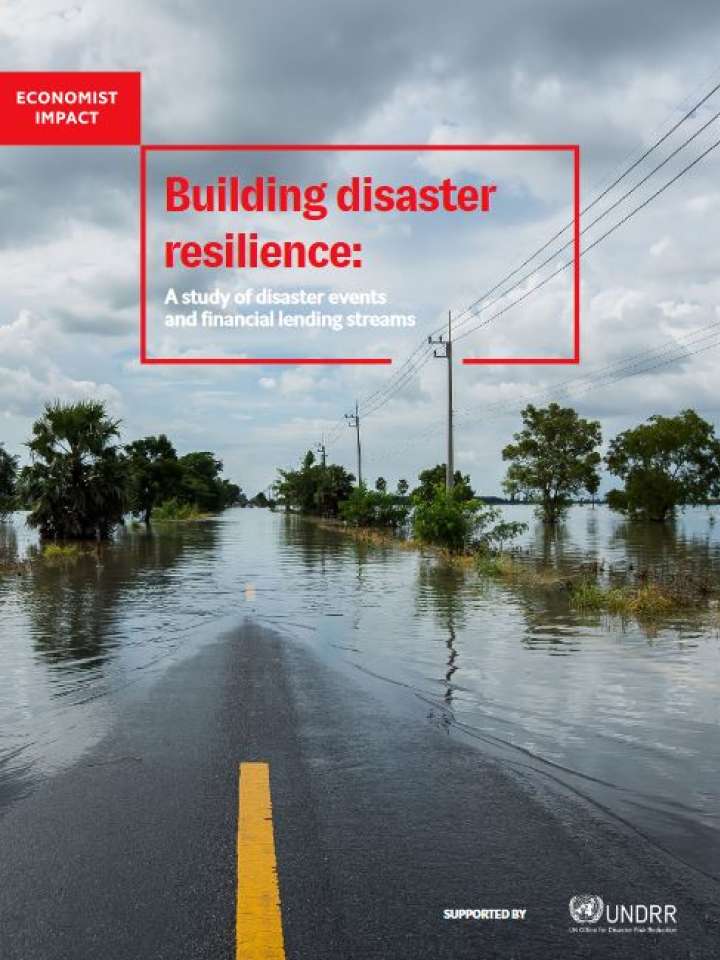Building disaster resilience: A study of disaster events and financial lending streams
This report highlights the urgent need to rewire the current financial systems towards (a) de-risking current investments (b) integrating risk reduction into credit allocation and (c) redirecting financial flows towards risk reduction. The report opens with case studies on eight disaster events over the past decade that explore in detail the financial and economic costs of these events. The second half focuses on studying the role of multilateral and national lending streams in risk reduction and resilience building through a study of the incentives inbuilt into current lending channels, which form the backbone of economic activity. The report also outlines some recommendations for national governments, finance ministries and monetary authorities to promote investments in risk reduction and resilience building - organised within the four priorities of the Sendai Framework.
Key findings of the report, are:
- Underinvestment in disaster risk reduction prevails worldwide, despite the compelling case for resilience investments—every US$1 spent on disaster reduction saves US$4 to US$7 in disaster response.
- Political stability, strong governance and institutional strength are prerequisites for building disaster resilience.
- Coordination between stakeholders is crucial for risk reduction and resilience buildings.
- National focus on resilience building is still missing.
- Lending institutions can play an important role in shifting the focus of investments from ex-post to ex-ante.
- Multilateral Development Bank (MDB) investments in risk reduction and resilience building are often demand-driven.
- Resilience building is happening through environmental and social guidelines.
- DRR investments often overlap with climate finance among MDBs.
- Post-disaster recovery and reconstruction financing is an important tool to promote resilience building.
